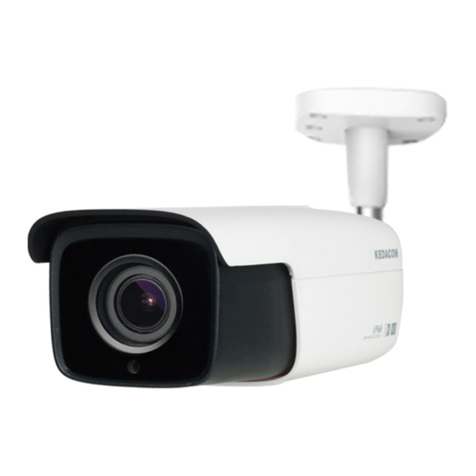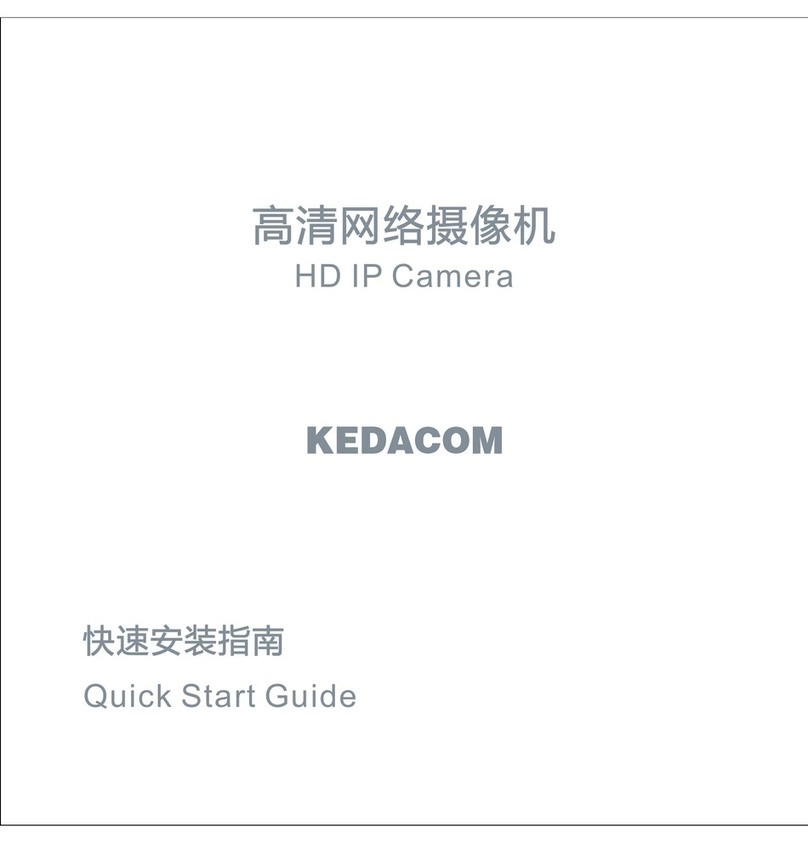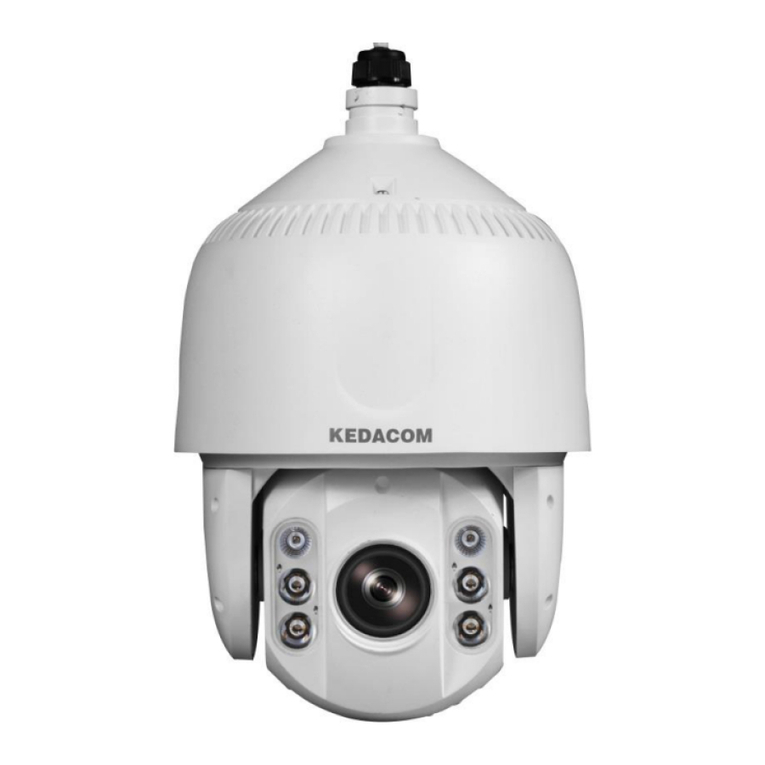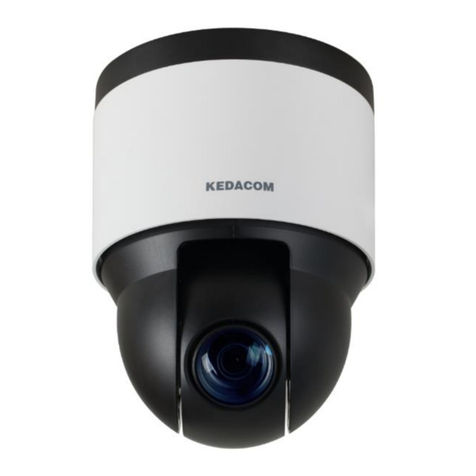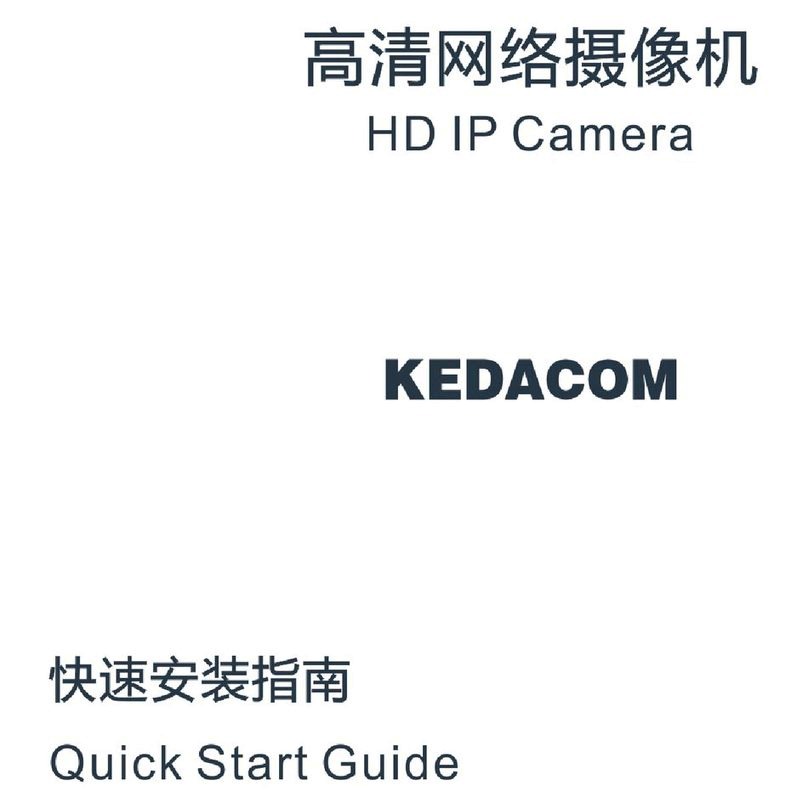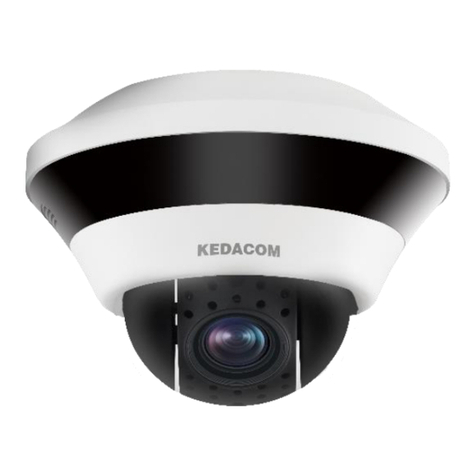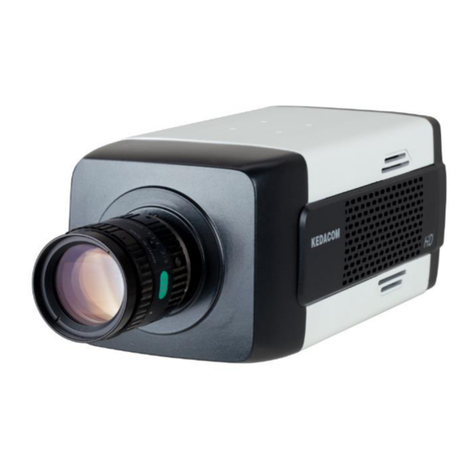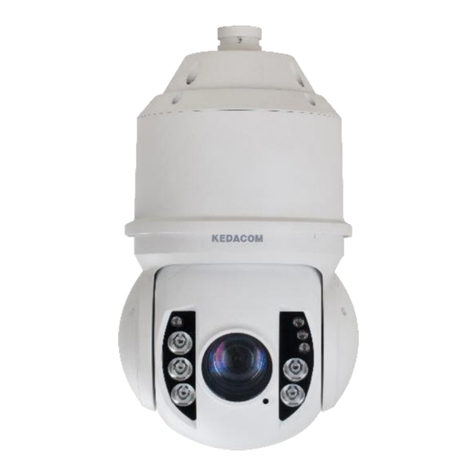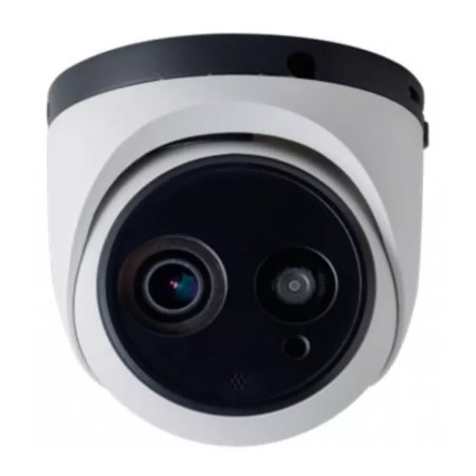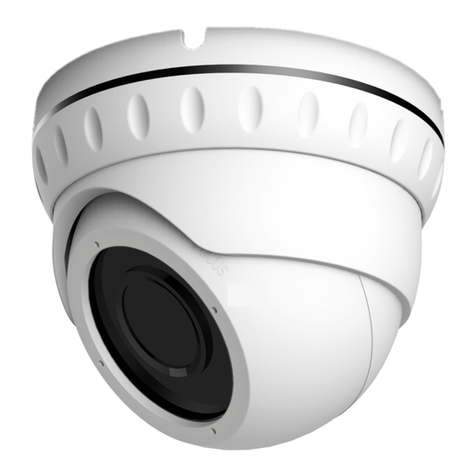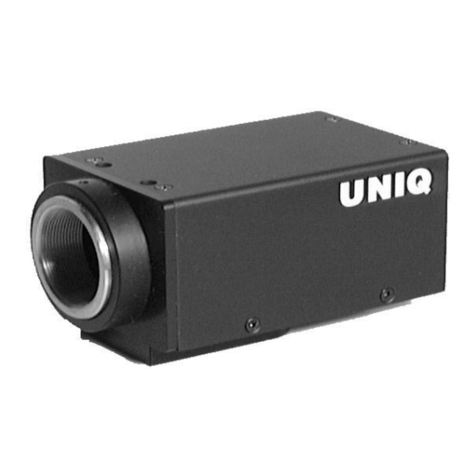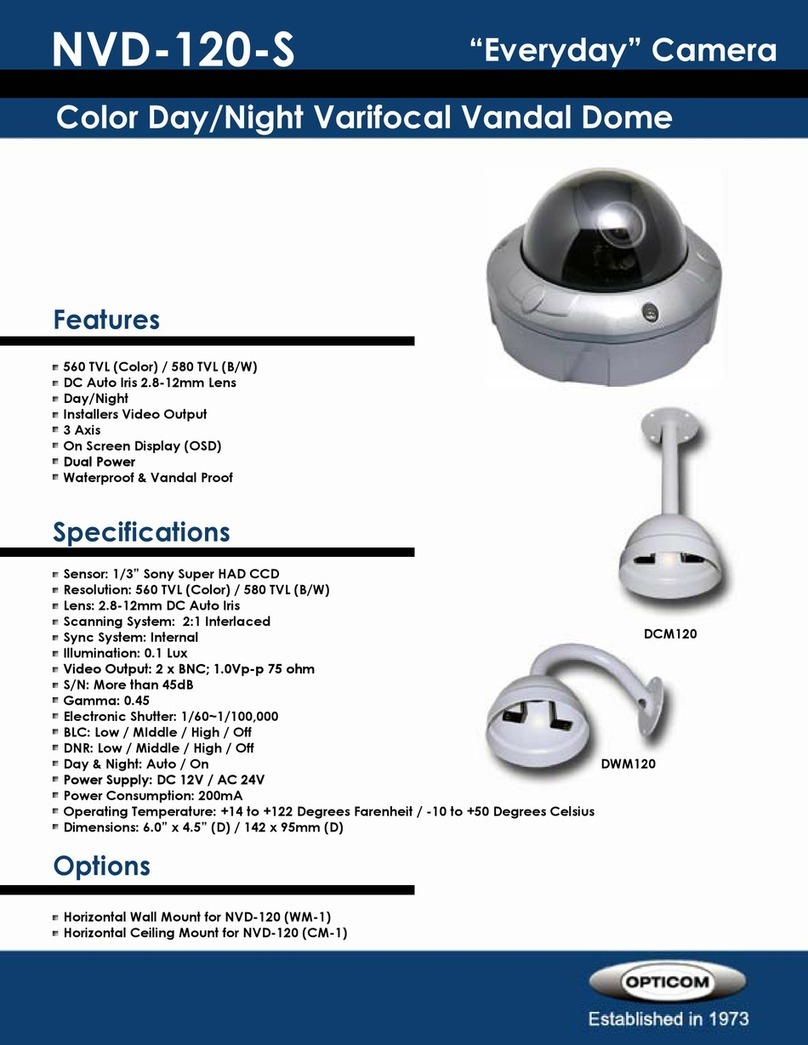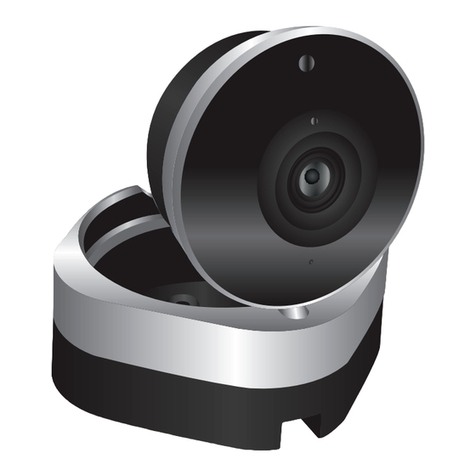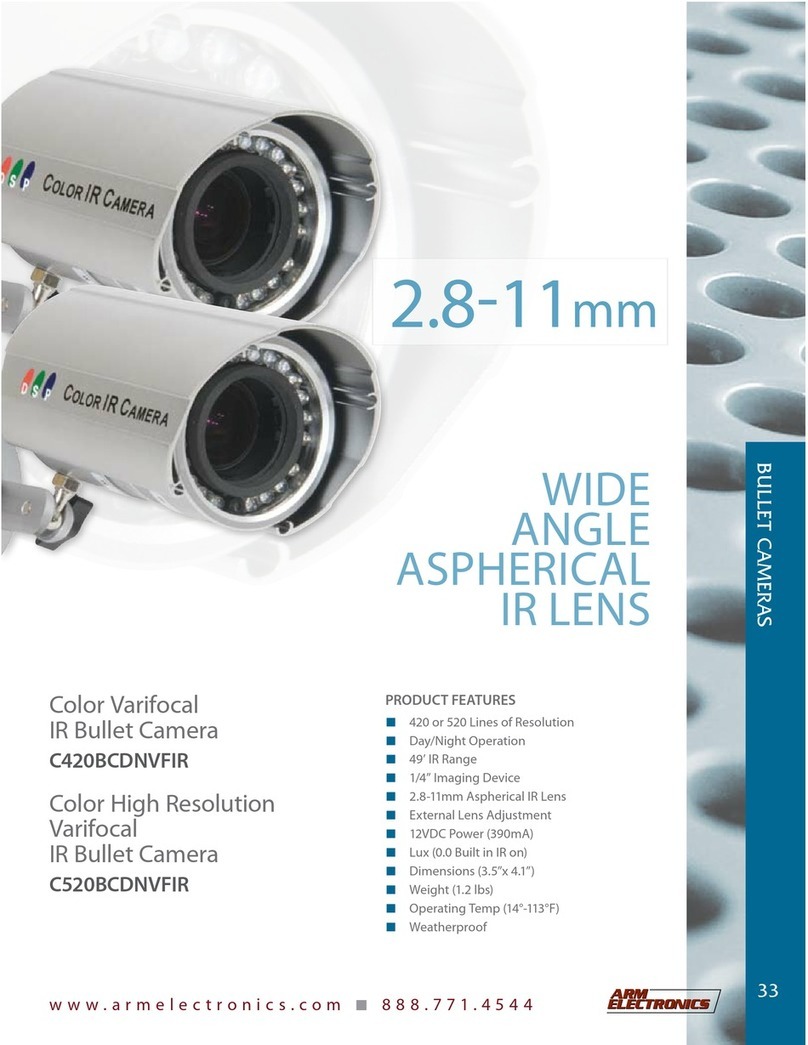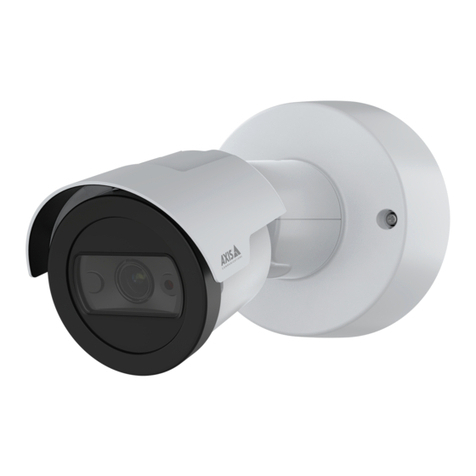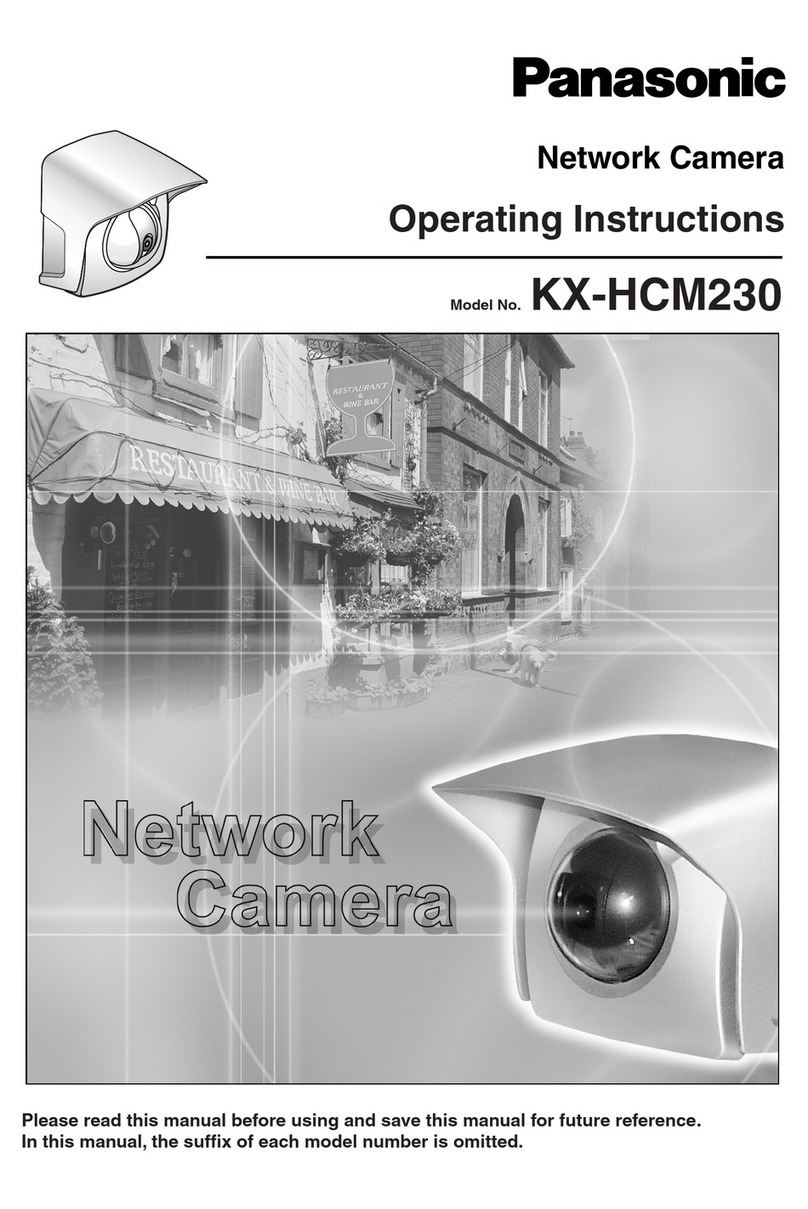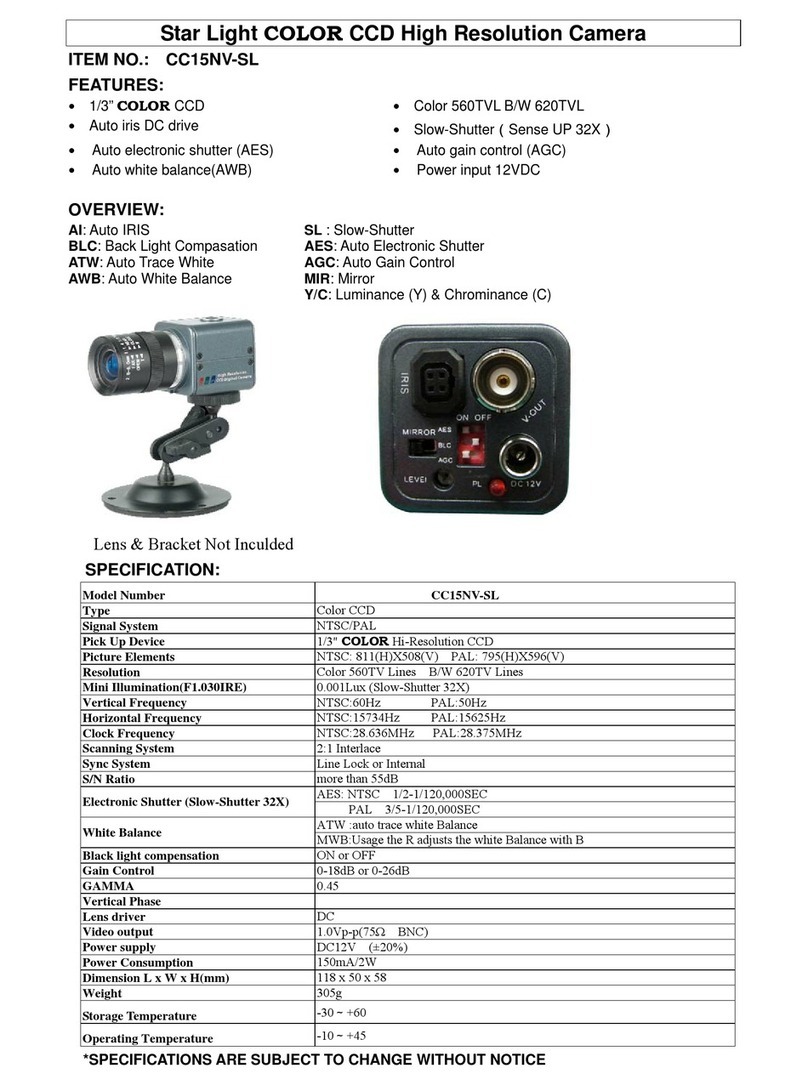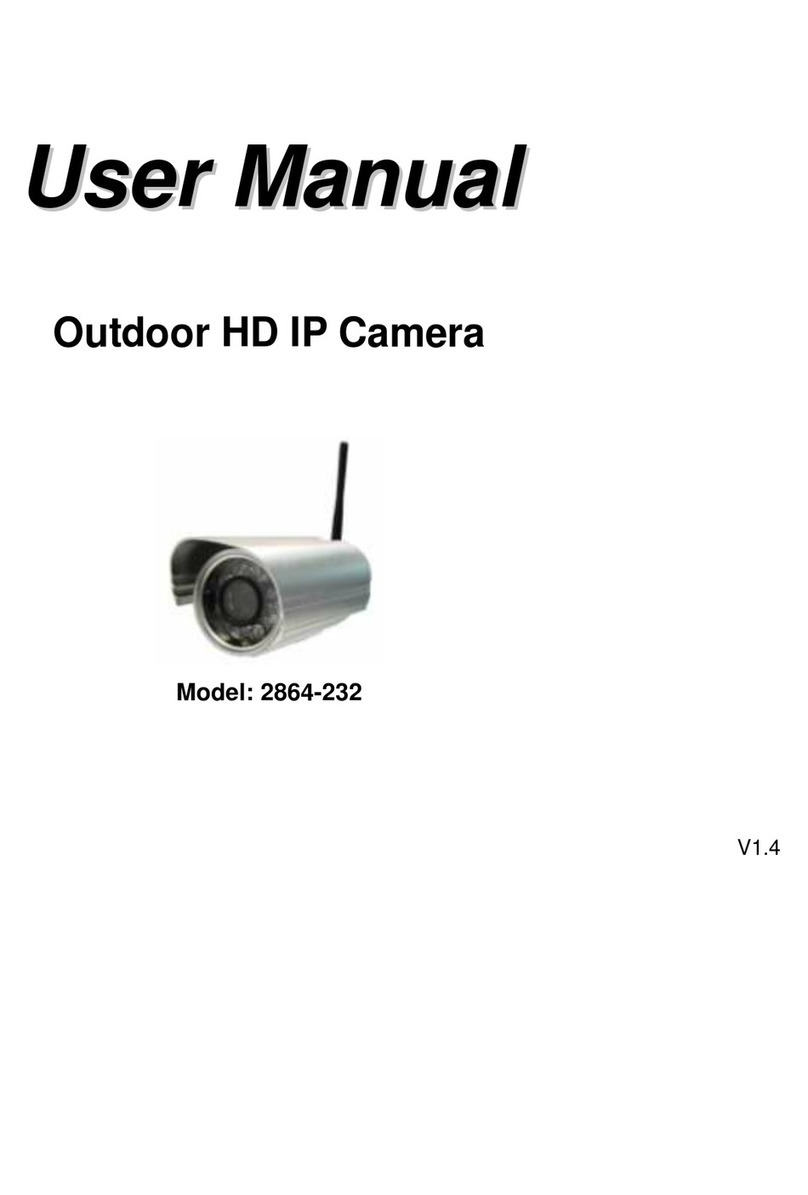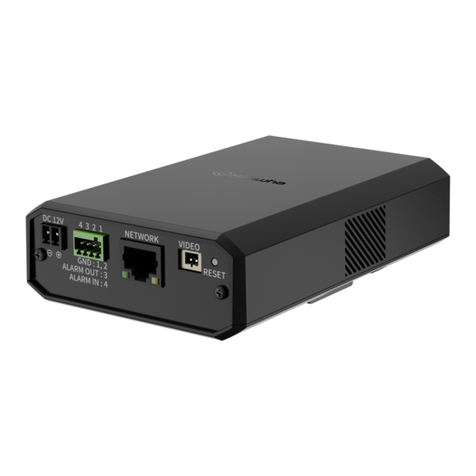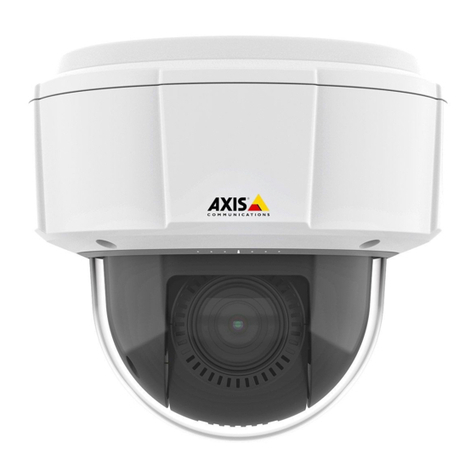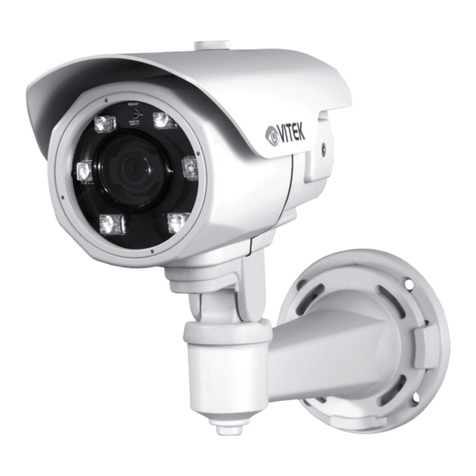
Vehicle PTZ Camera User Manual
Contents
1. Product Brief .......................................................................................................................................... 1
2. Appearance ............................................................................................................................................ 3
3. Start Up................................................................................................................................................... 4
3.1 Client Installation Conditions ........................................................................................................... 4
3.2 Initial Configuration.......................................................................................................................... 4
3.2.1 Activation................................................................................................................................... 4
3.2.2 Web Client Interface.................................................................................................................. 7
3.2.3 Password Reset........................................................................................................................ 8
4. Product Functions ............................................................................................................................... 10
4.1 Live View........................................................................................................................................10
4.1.1 Toolbar Buttons ....................................................................................................................... 10
4.1.2 PTZ Control Buttons................................................................................................................ 12
4.1.3 Image Adjustment ................................................................................................................... 13
4.2 PTZ Control ................................................................................................................................... 16
4.2.1 Basic Configuration.................................................................................................................17
4.2.2 Preset Position........................................................................................................................18
4.2.3 Guard Tour ..............................................................................................................................19
4.2.4 Restricted Patrol...................................................................................................................... 20
4.2.5 Path Mode...............................................................................................................................20
4.2.6 *Mixed Mode ........................................................................................................................... 21
4.2.7 Scheduled Task.......................................................................................................................22
4.2.8 Positioning...............................................................................................................................23
4.3 Alarm Linkage................................................................................................................................ 24
4.3.1 Motion Detection ..................................................................................................................... 25
4.3.2 *Tampering..............................................................................................................................27
4.3.3 *Guard Line.............................................................................................................................28
4.3.4 *Enter Guard Area...................................................................................................................30
4.3.5 *Exit Guard Area ..................................................................................................................... 31
4.3.6 *Object Left.............................................................................................................................. 32
4.3.7 *Object Removal ..................................................................................................................... 32
4.3.8 *Gathering............................................................................................................................... 32
4.3.9 Abnormality Linkage................................................................................................................32
4.4 Video Parameters..........................................................................................................................33
4.4.1 Video Encoding....................................................................................................................... 33
4.4.2 Video Info Overlay................................................................................................................... 33
4.5 Upgrade.........................................................................................................................................34
4.5.1 Firmware Upgrade .................................................................................................................. 34
